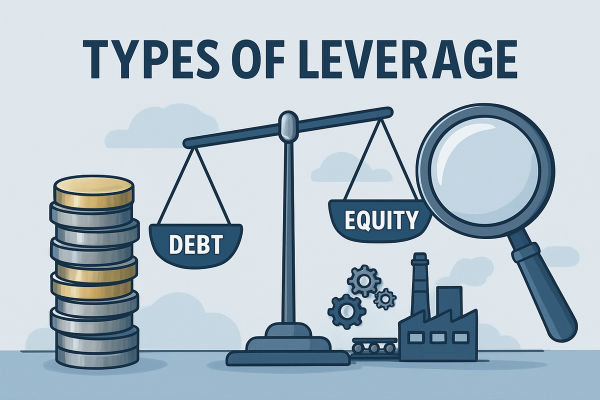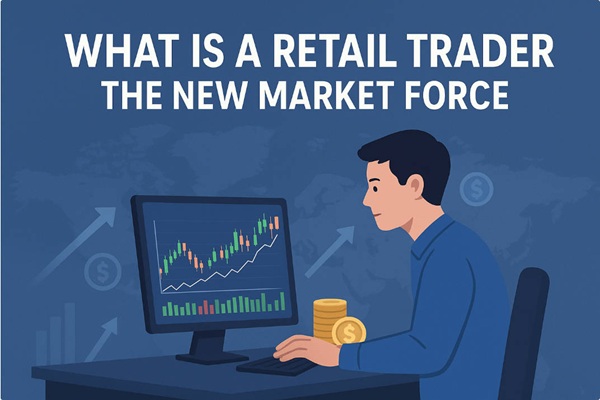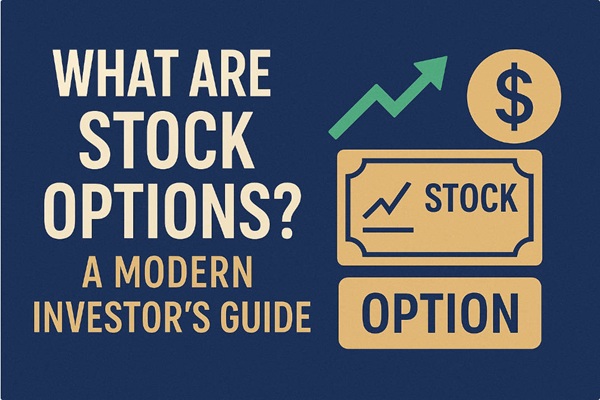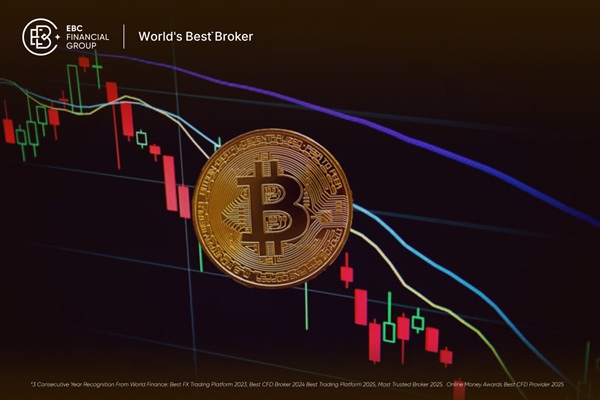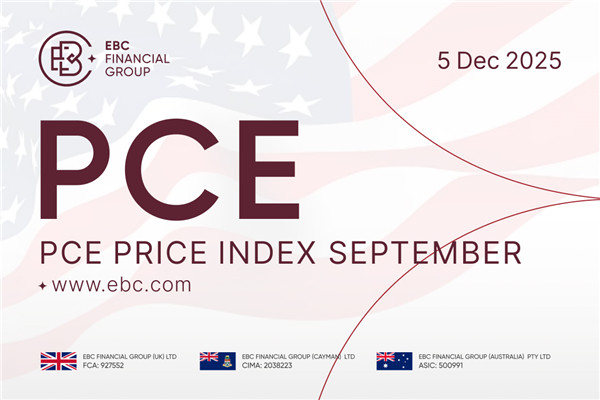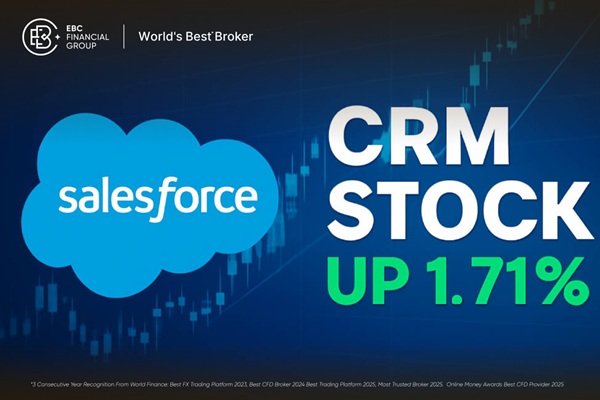Leverage in trading refers to the use of borrowed funds to increase the size of a position beyond what one's own capital would normally allow. It enables traders to gain greater exposure to the market with relatively small initial investments. The main appeal of leverage is the potential for magnified returns, but it also significantly increases the risk of losses.
Before diving into the various types of leverage in trading, it is important to understand that while leverage can amplify gains, it can just as easily compound losses. This dual nature makes leverage both a powerful and risky tool in the hands of traders.
Why Understanding Leverage Matters
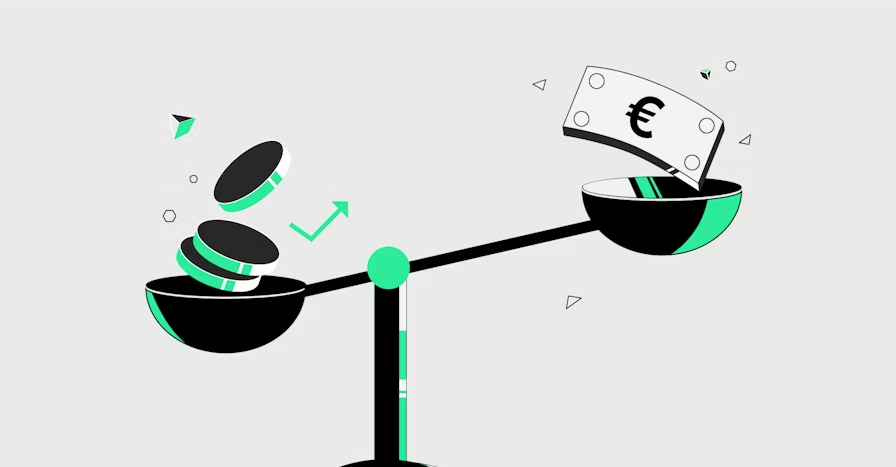
Leverage is central to both traditional finance and trading. It allows individuals and institutions to take positions that would otherwise be inaccessible with their available capital. For example, with 10:1 leverage, a trader can control a £10,000 position using just £1,000 of their own funds. The remaining balance is borrowed from a broker or financial institution.
Understanding the different types of leverage is essential because each form carries distinct features, risk levels, and regulatory conditions. Selecting the wrong type — or using it incorrectly — can quickly lead to excessive losses.
4 Types of Leverage in Trading
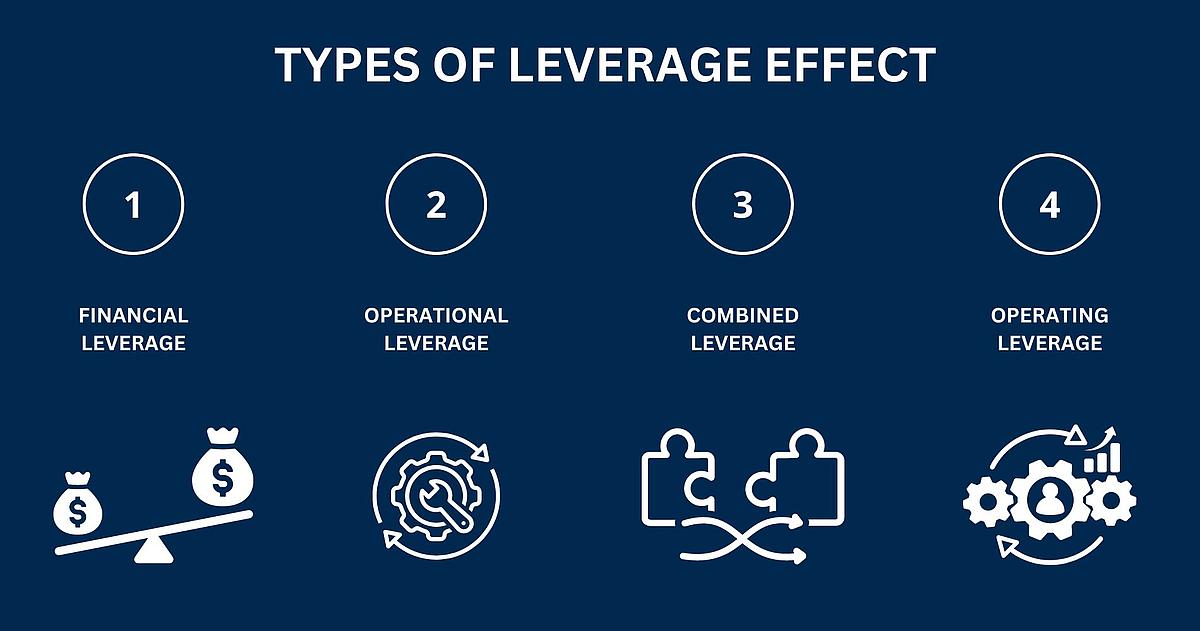
1) Margin Leverage
One of the most common types of leverage available to retail traders is margin leverage. When a trader opens a leveraged position on a trading platform, they are typically using margin. This means putting up a portion of the total value of a trade, while borrowing the rest from a broker.
This type of leverage is widespread in forex, CFDs, and commodities trading. Although the required margin varies, the leverage ratio determines how much exposure the trader receives relative to their deposit. Margin leverage can be an effective way to trade large positions with limited capital, but it demands careful monitoring to avoid margin calls or forced liquidation.
2) Financial Leverage
Another major category in the types of leverage is financial leverage, which refers to the use of debt by companies or investors to increase potential returns. A business might borrow funds to expand operations or acquire assets, hoping that the returns from those investments will exceed the cost of borrowing.
In equity investing, traders often evaluate a company's financial leverage to assess how aggressively it uses debt. While high leverage can boost returns during favourable conditions, it also increases risk during downturns. This type of leverage is more common in corporate finance but still relevant to long-term investors and fundamental analysts.
3) Operational Leverage
Among the broader types of leverage in financial analysis, operational leverage is a concept worth noting. It relates to a company's cost structure, particularly the ratio of fixed to variable costs. Firms with high fixed costs can see their profits rise rapidly with an increase in revenue, thanks to operational leverage.
Although traders do not apply this type of leverage directly in trading strategies, it affects the financial health and risk profile of companies. Stocks of companies with high operational leverage tend to be more sensitive to economic changes, making this concept relevant when evaluating equity positions.
4) Embedded Leverage
Embedded leverage is built into certain financial products and instruments. Traders encounter this form of leverage in instruments like leveraged ETFs, options, and futures contracts. These products deliver amplified exposure to price movements without requiring traders to borrow capital themselves.
This type of leverage can be deceiving, as it is not always obvious to the untrained eye. For example, a two-times leveraged ETF aims to double the daily return of its benchmark. However, due to volatility drag and compounding, long-term performance may differ from expectations. Understanding the risks of embedded leverage is critical when using these products.
Regulatory Framework for Leverage
Different types of leverage are subject to regulatory controls, particularly in the retail trading space. In the UK and EU, margin limits are enforced by the Financial Conduct Authority and ESMA to prevent excessive risk exposure among individual traders. These rules often limit leverage based on the asset class, with stricter limits for volatile instruments like cryptocurrencies.
Institutional clients may access higher leverage, but they are expected to have the expertise and financial resilience to manage those risks. When dealing with various types of leverage, it is essential to understand the specific limits and conditions imposed by your broker or jurisdiction.
How to Choose Between Types of Leverage
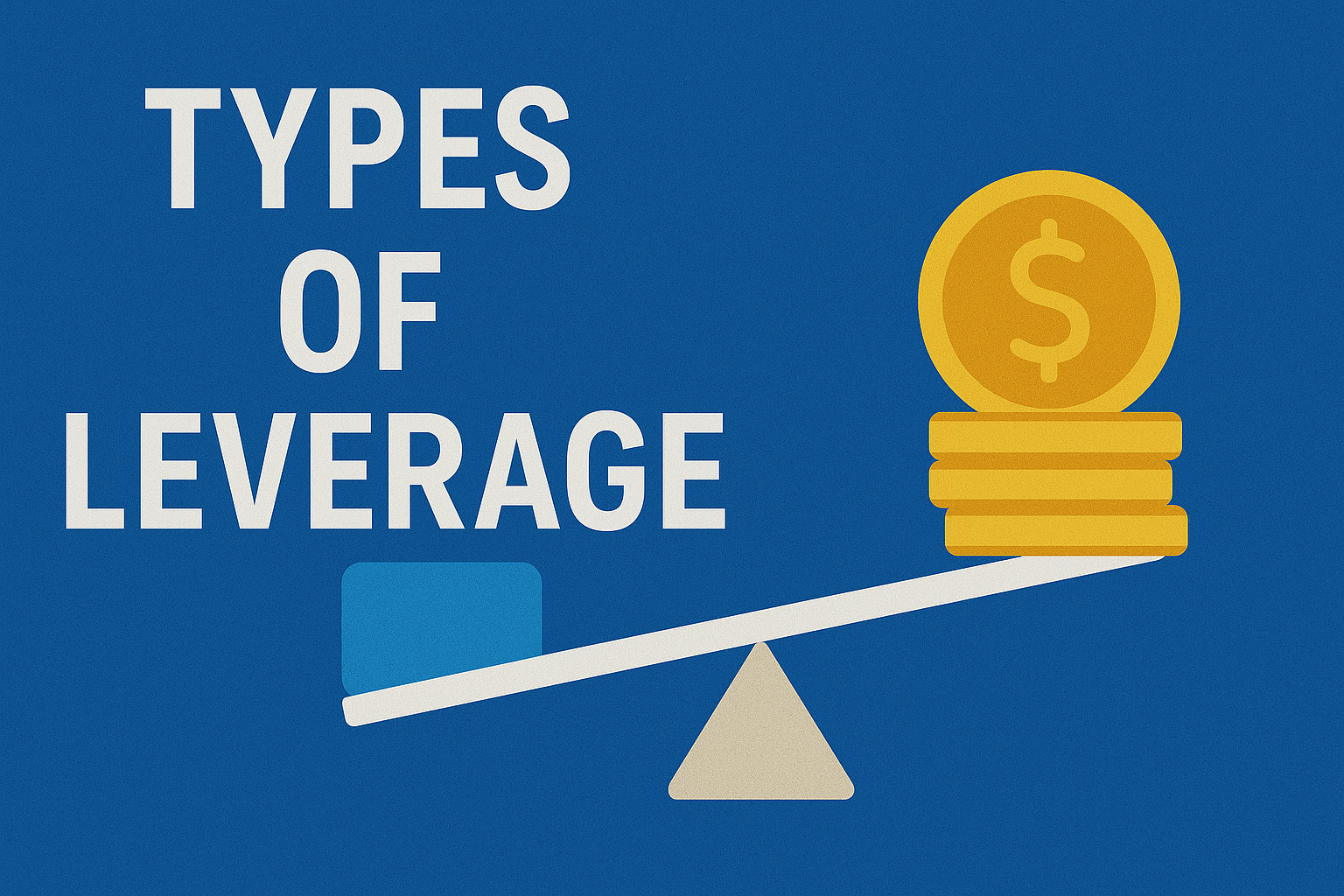
The right type of leverage depends on your trading goals, asset class, risk appetite, and experience level. Day traders may prefer margin leverage for short-term price movements, while long-term investors might focus on financial or operational leverage as part of company analysis.
Whatever your approach, it is important to understand how different types of leverage impact risk and reward. This knowledge allows you to align your leverage use with your broader trading strategy.
Final Thoughts
Understanding the types of leverage in trading is crucial for anyone aiming to increase returns while managing risk. From margin and financial leverage to operational and embedded forms, each type carries its own set of features and potential drawbacks.
Using leverage without a clear understanding can lead to rapid losses, but when applied wisely and cautiously, it can enhance performance and provide access to new opportunities. By learning how the various types of leverage work and how they apply to your chosen instruments, you can trade with greater clarity and control.
Disclaimer: This material is for general information purposes only and is not intended as (and should not be considered to be) financial, investment or other advice on which reliance should be placed. No opinion given in the material constitutes a recommendation by EBC or the author that any particular investment, security, transaction or investment strategy is suitable for any specific person.
